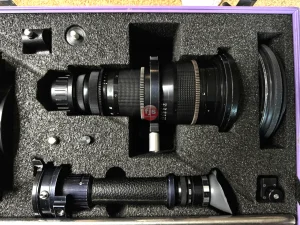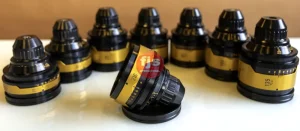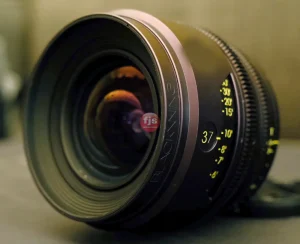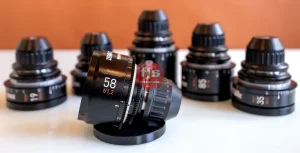Introduction:
Have you ever wondered how photographers capture stunning images with different perspectives? The key lies in understanding focal length, a fundamental concept in lens optics. In this informative post, we will delve into the intricacies of focal length measurement, explore the effects of perspective distortion, and equip you with the knowledge to make informed decisions when choosing the right lens for your photography needs.
I. What is focal length? How is it measured?
- What does focal length refer to in lens optics?
- Focal length is the distance between the lens and the image sensor or film when the subject is in focus.
- How is focal length measured?
- Focal length is measured in millimeters (mm) and is typically indicated on the lens itself.
II. How does focal length affect perspective distortion?
- What is perspective distortion?
- Perspective distortion refers to the way objects appear differently in relation to each other when captured at different focal lengths.
- How does focal length impact perspective distortion?
- Shorter focal lengths (wide-angle lenses) exaggerate perspective, making objects appear closer together.
- Longer focal lengths (telephoto lenses) compress perspective, making objects appear more distant and isolated.
III. Key features and benefits of different focal lengths:
- What are the key features and benefits of wide-angle lenses?
- Wide-angle lenses (focal length below 35mm) capture a wider field of view, ideal for landscapes or architectural photography.
- They can create a sense of depth and emphasize the foreground, but may distort subjects when used up close.
- What are the key features and benefits of standard lenses?
- Standard lenses (focal length around 50mm) provide a natural perspective similar to what the human eye sees.
- They are versatile for various photography genres, such as portraits, street photography, and documentary work.
- What are the key features and benefits of telephoto lenses?
- Telephoto lenses (focal length above 70mm) offer greater magnification and narrower field of view.
- They are ideal for capturing distant subjects, wildlife, sports events, or isolating details in a scene.
Conclusion:
Understanding focal length is pivotal for photographers to master the art of composition and perspective. By grasping the concept of focal length, you can effectively control perspective distortion and choose the right lens for each photographic situation. So, next time you pick up your camera, consider the focal length and unlock the potential to tell captivating visual stories.
List of Questions and Answers:
- What does focal length refer to in lens optics?
- Focal length refers to the distance between the lens and the image sensor or film when the subject is in focus.
- How is focal length measured?
- Focal length is measured in millimeters (mm) and is typically indicated on the lens itself.
- What is perspective distortion?
- Perspective distortion refers to the way objects appear differently in relation to each other when captured at different focal lengths.
- How does focal length impact perspective distortion?
- Shorter focal lengths exaggerate perspective, making objects appear closer together, while longer focal lengths compress perspective, making objects appear more distant and isolated.
- What are the key features and benefits of wide-angle lenses?
- Wide-angle lenses capture a wider field of view, ideal for landscapes or architectural photography. However, they may distort subjects when used up close.
- What are the key features and benefits of standard lenses?
- Standard lenses provide a natural perspective similar to what the human eye sees. They are versatile for various photography genres.
- What are the key features and benefits of telephoto lenses?
- Telephoto lenses offer greater magnification and narrower field of view, making them suitable for capturing distant subjects, wildlife, or sports events.









